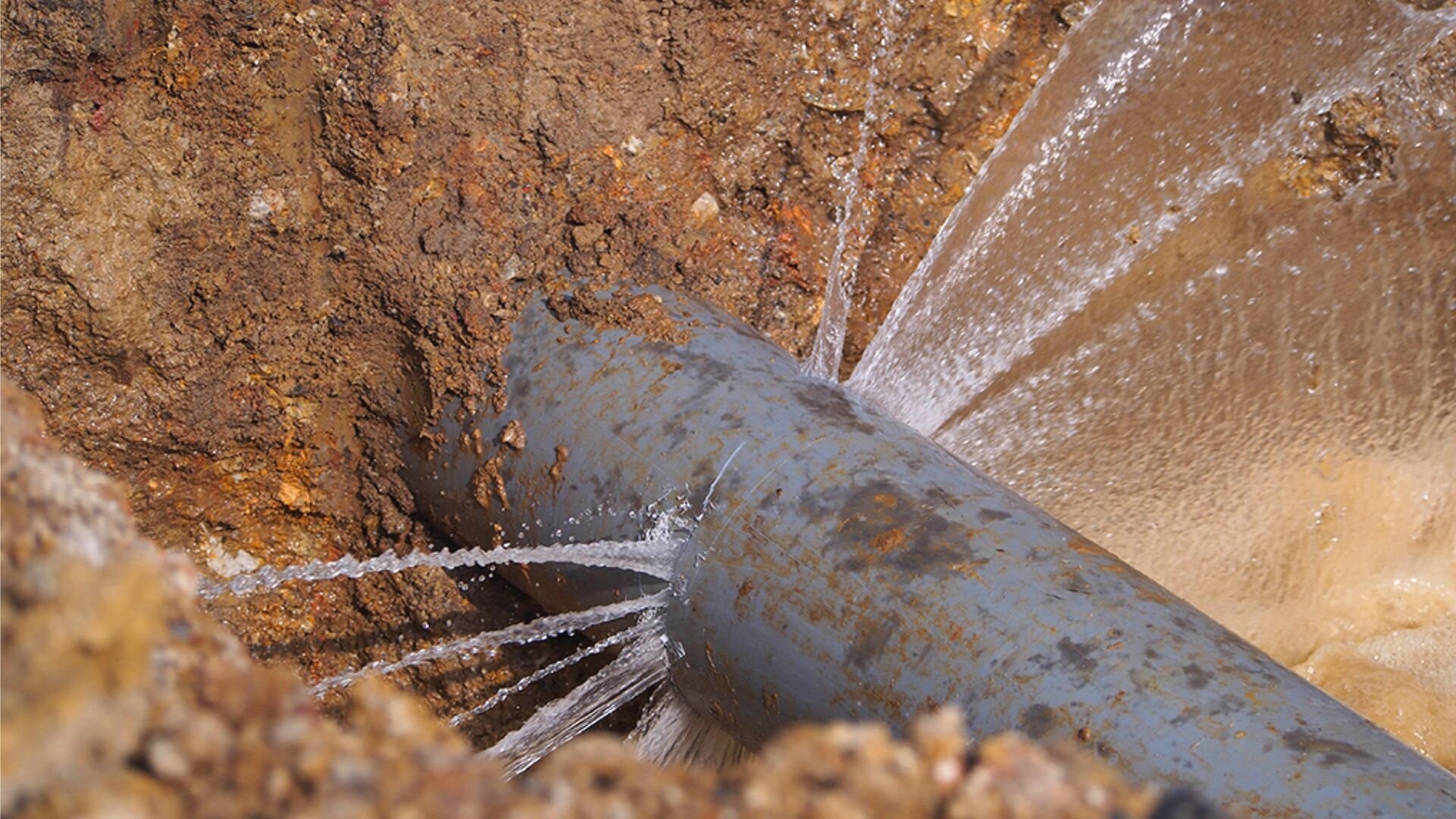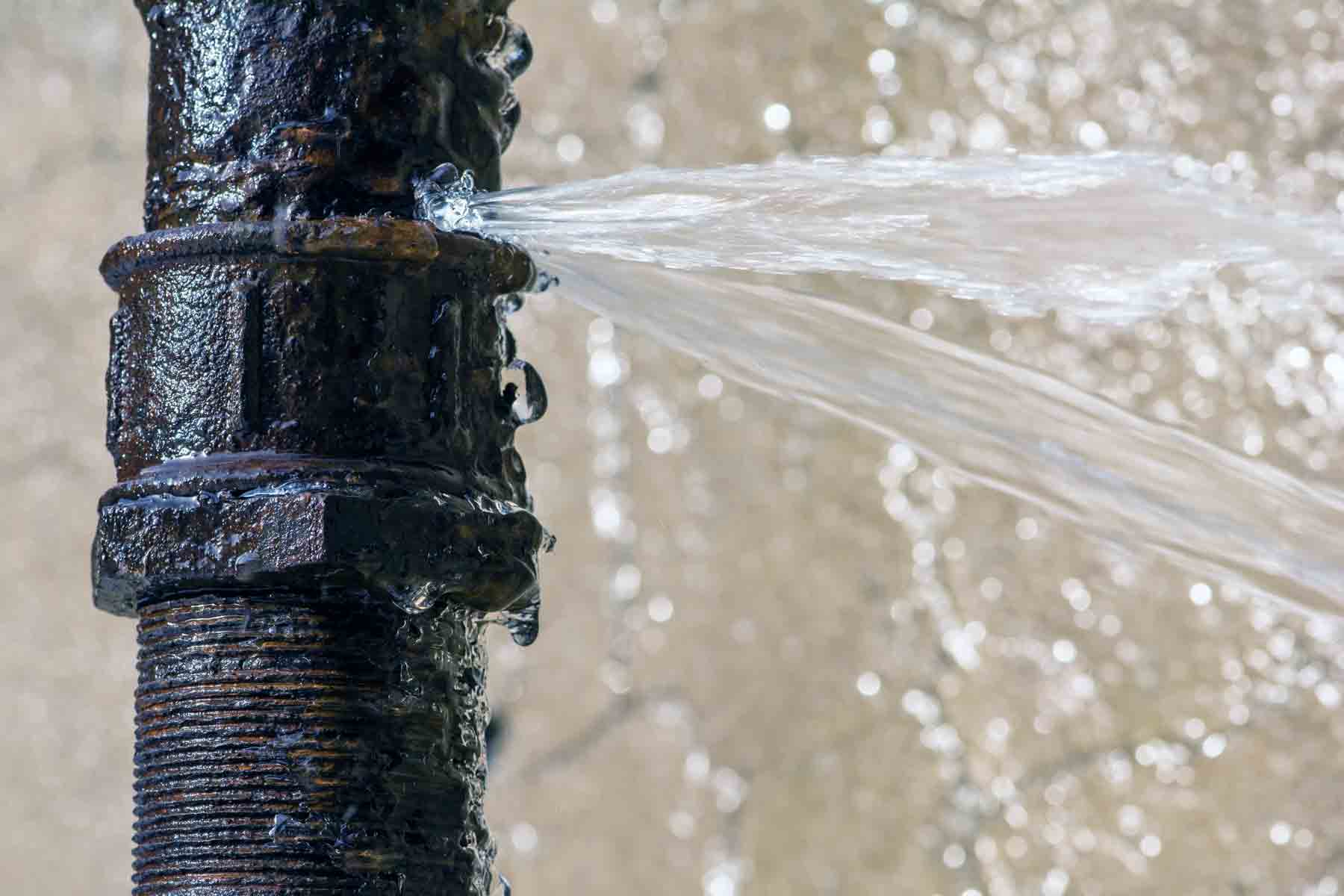Protecting Against Ruptured Pipeline: Important Tips to Safeguard Your Plumbing
Stopping burst pipelines is a crucial concern for homeowners, especially throughout chillier months when the threat of cold is heightened. Applying strategic procedures such as proper insulation, regular assessments, and maintaining consistent indoor temperature levels can dramatically reduce the probability of pipe failure.
Understand Pipe Vulnerabilities
Understanding pipeline vulnerabilities is necessary for effective pipes upkeep and protecting against expensive damages. Several aspects add to the susceptibility of pipelines to bursts, consisting of material composition, age, and ecological problems. Older pipes, especially those made from galvanized steel or polybutylene, typically degrade gradually, causing increased threat of leaks and ruptures.
Temperature variations can also considerably influence pipe stability. In cooler environments, water trapped in pipes can freeze, expanding and putting in stress on the pipe wall surfaces, which might inevitably cause a burst. Additionally, high water stress can stress pipes, specifically at joints and bends, increasing the likelihood of failure.

Insulate Piping Properly
Appropriate insulation of pipes is vital for preventing freezing and succeeding ruptureds throughout winter (burst pipe). Protecting your plumbing system efficiently safeguards versus temperature level goes down that can lead to costly damage. Begin by identifying vulnerable areas where pipelines are exposed to outdoor temperatures, such as basements, attic rooms, and outside wall surfaces
Usage foam pipeline insulation sleeves or wrap insulation tape around these locations to provide a protective barrier. Make sure that all areas of the pipes, particularly those with minimal warmth direct exposure, receive sufficient insulation. Pay special interest to joints and fittings, as these are more susceptible to freezing.
When insulating, it's necessary to choose materials that fulfill neighborhood structure codes and are proper for the details environment. For instance, fiberglass insulation is commonly suggested for its thermal resistance residential properties - burst pipe. Additionally, consider making use of warm wires or tape in severe conditions, which can be connected in to provide additional heat
Routinely inspect insulated pipelines for any type of signs of wear or damage, as compromised insulation can lessen its effectiveness. By taking these proactive actions, you substantially decrease the threat of pipeline bursts, guaranteeing a dependable pipes system throughout the winter season months.
Maintain Constant Temperature Level
A steady interior temperature is crucial for protecting against burst pipelines during the frigid months. When temperatures decline, water within pipes can ice up, expanding and developing stress that may inevitably cause the pipes to ruptured. To mitigate this danger, homeowners must maintain a regular temperature throughout their space, preferably no less than 55 ° F(13 ° C)Making use of a programmable thermostat can help take care of indoor temperatures successfully, ensuring that spaces with pipes continue to be warm also when your home is empty. Pay special interest to locations that are extra at risk to cold, such as cellars, attic rooms, and these details garages. Maintaining cabinet doors open under sinks can likewise enable warmer air from the home to circulate around plumbing.
On top of that, it is prudent to enable faucets to trickle a little throughout severe cold snaps. This minor flow of water can prevent cold by relieving stress within the pipelines. Throughout specifically serious climate events, think about momentarily suspending any type of nighttime setbacks on your thermostat to maintain a consistent warm environment. By implementing these strategies, homeowners can significantly lower the danger of pipe bursts and protect their plumbing systems against the rough wintertime aspects.
Frequently Inspect Pipes
Regular inspections of pipes systems are important for avoiding ruptured pipes and keeping overall home stability. Routine checks enable homeowners to determine potential problems prior to they intensify into costly repair services or major water damages. Throughout these evaluations, it is necessary to analyze visible pipelines for indicators of corrosion, leakages, or wear. Pay special attention to areas susceptible to freezing, such as cellars, attic rooms, and exterior walls.
Additionally, examining links and joints is vital, as these points are typically at risk to leakages. Homeowners ought to likewise examine water stress degrees, as too much stress can stress the pipes system and increase the risk of pipe bursts.
Think about organizing expert pipes examinations a minimum of when a year, specifically prior to winter season, to guarantee your system is planned for cooler temperatures. Normal assessments not only assist in determining prompt problems yet additionally foster lasting upkeep techniques that can improve the life-span of your pipes system. By being positive in your technique, you can secure your home versus the expensive and disruptive consequences of ruptured pipelines. Focusing on pipes assessments is a financial investment in your home's health and wellness.
Know Emergency Treatments
Understanding emergency situation treatments is crucial for every homeowner, particularly after performing routine pipes assessments. Being prepared for a plumbing emergency can dramatically minimize damage pop over to this site and conserve expenses.
Following, keep vital devices helpful. A pipes emergency package should include a wrench, bettor, and towels, along with a flashlight and a pail for small leaks. In addition, take into consideration having the get in touch with info for a relied on plumber easily offered, needs to the situation intensify beyond your control.
If you discover a leakage or ruptured pipeline, immediately turn off the water system and alert your plumber. Document the damage with photos for insurance coverage objectives. Recognize the indications of possible pipes problems, such as uncommon water stress changes or damp spots on wall surfaces
Ultimately, proactive knowledge and swift activity are vital in taking care of pipes emergency situations, guaranteeing your home stays secured learn this here now and decreasing possible damages.

Verdict
In final thought, stopping ruptured pipes demands a multifaceted approach that consists of understanding pipe susceptabilities, correct insulation, preserving consistent interior temperature levels, regular assessments, and understanding of emergency procedures. By executing these vital methods, the risk of pipes failures can be dramatically reduced, consequently ensuring the longevity and effectiveness of the pipes system. Positive actions not just safeguard versus prospective damages but likewise add to total water preservation and the protection of residential property.
In colder environments, water caught in pipes can ice up, applying and expanding stress on the pipeline walls, which may eventually lead to a ruptured. When temperatures decrease, water within pipelines can freeze, developing and expanding pressure that may eventually create the pipelines to ruptured. By implementing these techniques, house owners can dramatically reduce the risk of pipe bursts and secure their pipes systems versus the rough winter months elements.

Comments on “Understanding the Causes of a Burst Pipe and How to Prevent It”